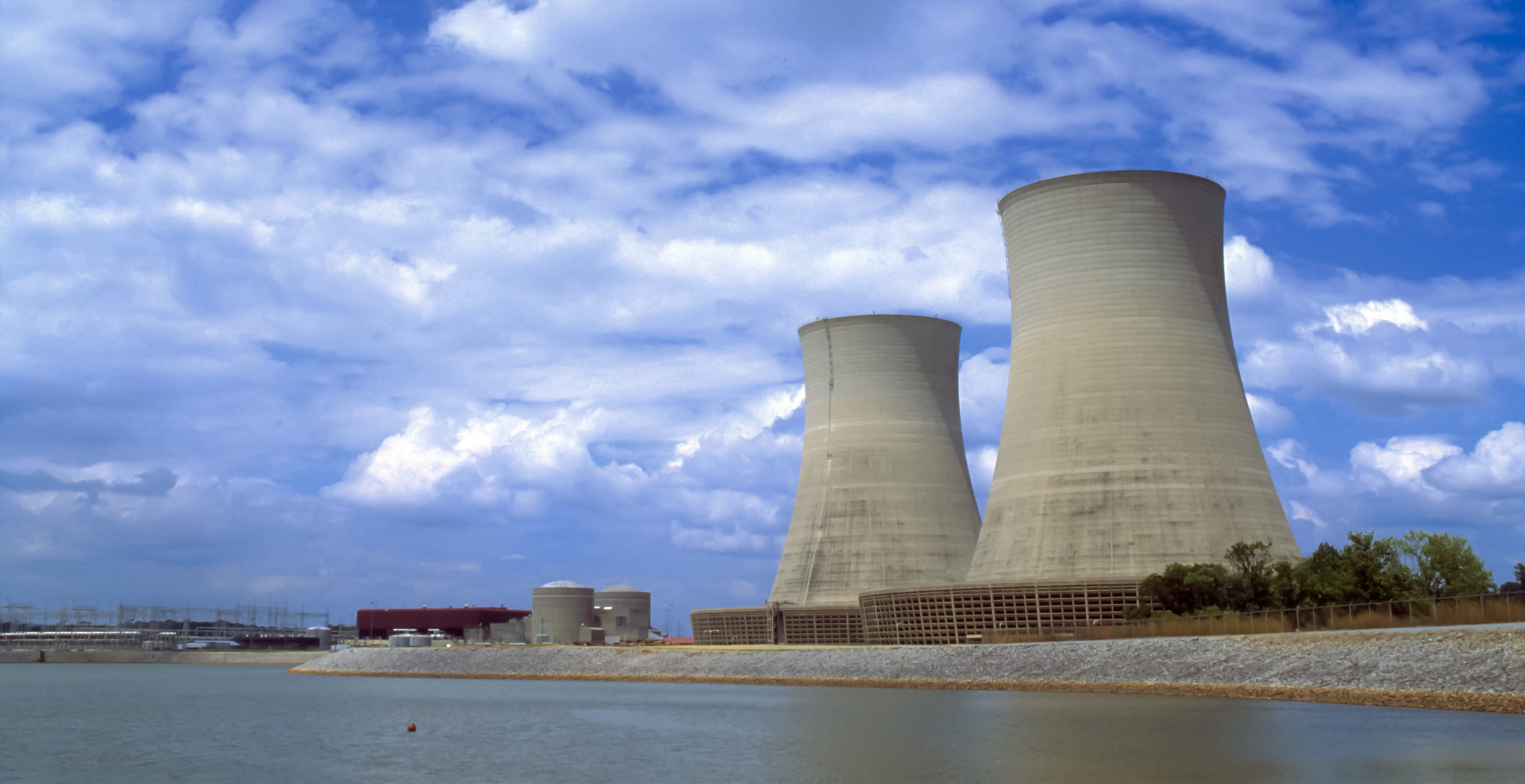Pubblicato da Phys.org il 25 Aprile 2018
Nuclear power plants typically run either at full capacity or not at all. Yet the plants have the technical ability to adjust to the changing demand for power and thus better accommodate sources of renewable energy such as wind or solar power.
Researchers from the U.S. Department of Energy’s (DOE) Argonne National Laboratory and the Massachusetts Institute of Technology recently explored the benefits of doing just that. If nuclear plants generated power in a more flexible manner, the researchers say, the plants could lower electricity costs for consumers, enable the use of more renewable energy, improve the economics of nuclear energy and help reduce greenhouse gas emissions.
The study helps to dispel long-held views that nuclear power plants must operate in “baseload” mode, producing power at maximum rated capacity whenever they are online. Nuclear plants can even respond dynamically to hourly electricity market prices and second-to-second frequency regulation needs, the team found. Power systems that include renewable energy must be more flexible to balance supply and demand at all times. Nuclear operators in France, Germany and other countries are familiar with this approach, but less so in the United States.
The researchers developed a mathematical representation of the physics-induced operational constraints arising from nuclear reactor dynamics and the fuel irradiation cycle in the Applied Energy article and a companion paper, published in Nuclear Technology. The interdisciplinary team then combined the new approach with power system simulation models to evaluate the overall cost of electricity generation, market prices and resulting revenues for power plants, assuming different levels of nuclear flexibility. […]
Leggi tutto l’articolo:
Balancing nuclear and renewable energy


